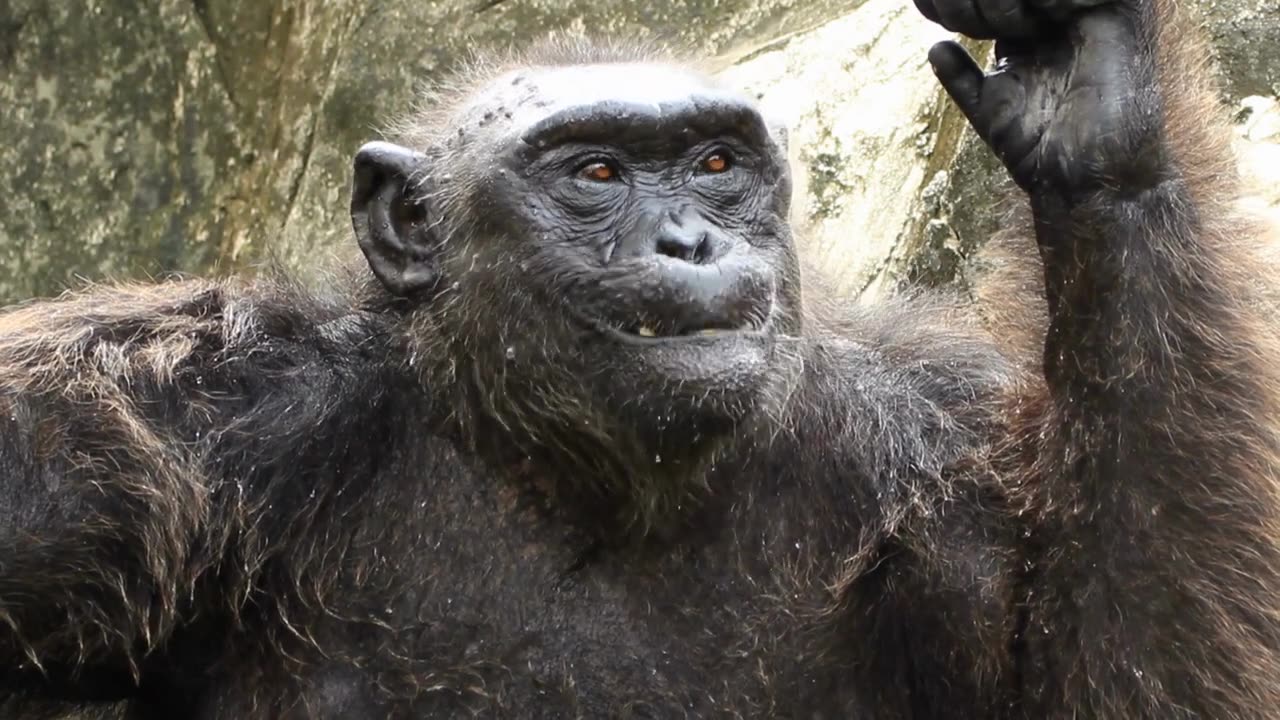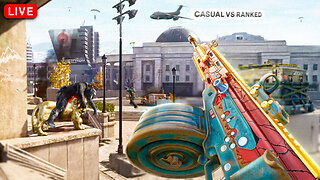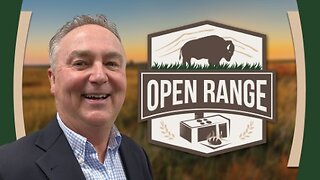Premium Only Content

Most Expensive Wild Animals in the World
nimal
Table of Contents
Home
Science
Biology
Science & Tech
animal
organism
Actions
Also known as: Animalia
Written by
Leigh M. Van Valen,
Virginia C. MaioranaSee All
Fact-checked by
The Editors of Encyclopaedia Britannica
Last Updated: Jun 21, 2023 • Article History
Table of Contents
Top Questions
What is an animal?
What are the two major groups of animals?
When did animals first appear?
What are the basic functional systems of animals?
How are animals different from plants and fungi?
Summary
Read a brief summary of this topic
Watch a fight between meerkats and see how a dominant alpha female meerkat expells a subordinate from the pack
Watch a fight between meerkats and see how a dominant alpha female meerkat expells a subordinate from the packSee all videos for this article
freshwater jellyfish
freshwater jellyfish
animal, (kingdom Animalia), any of a group of multicellular eukaryotic organisms (i.e., as distinct from bacteria, their deoxyribonucleic acid, or DNA, is contained in a membrane-bound nucleus). They are thought to have evolved independently from the unicellular eukaryotes. Animals differ from members of the two other kingdoms of multicellular eukaryotes, the plants (Plantae) and the fungi (Mycota), in fundamental variations in morphology and physiology. This is largely because animals have developed muscles and hence mobility, a characteristic that has stimulated the further development of tissues and organ systems.
Fallow deer (Dama dama)
animal
See all media
Category: Science & Tech
Key People: Charles Elton Carl E. Akeley Spencer Fullerton Baird Karl P. Schmidt Ross Granville Harrison
Related Topics: animal social behaviour reptile fish animal behaviour insect
See all related content →
Animals dominate human conceptions of life on Earth not simply by their size, abundance, and sheer diversity but also by their mobility, a trait that humans share. So integral is movement to the conception of animals that sponges, which lack muscle tissues, were long considered to be plants. Only after their small movements were noticed in 1765 did the animal nature of sponges slowly come to be recognized.
Gray whale (Eschrichtius robustus) breaching.
Gray whale (Eschrichtius robustus) breaching.
In size animals are outdone on land by plants, among whose foliage they may often hide. In contrast, the photosynthetic algae, which feed the open oceans, are usually too small to be seen, but marine animals range to the size of whales. Diversity of form, in contrast to size, only impinges peripherally on human awareness of life and thus is less noticed. Nevertheless, animals represent three-quarters or more of the species on Earth, a diversity that reflects the flexibility in feeding, defense, and reproduction which mobility gives them. Animals follow virtually every known mode of living that has been described for the creatures of Earth.
Animals move in pursuit of food, mates, or refuge from predators, and this movement attracts attention and interest, particularly as it becomes apparent that the behaviour of some creatures is not so very different from human behaviour. Other than out of simple curiosity, humans study animals to learn about themselves, who are a very recent product of the evolution of animals.
vulture. An adult bearded vulture at a raptor recovery center. The Gypaetus barbatus also known as the Lammergeier or Lammergeyer, is a bird of prey and considered an Old World vulture.
Britannica Quiz
Animal Factoids
The animal kingdom
Animals evolved from unicellular eukaryotes. The presence of a nuclear membrane in eukaryotes permits separation of the two phases of protein synthesis: transcription (copying) of deoxyribonucleic acid (DNA) in the nucleus and translation (decoding) of the message into protein in the cytoplasm. Compared to the structure of the bacterial cell, this gives greater control over which proteins are produced. Such control permits specialization of cells, each with identical DNA but with the ability to control finely which genes successfully send copies into the cytoplasm. Tissues and organs can thus evolve. The semirigid cell walls found in plants and fungi, which constrain the shape and hence the diversity of possible cell types, are absent in animals. If they were present, nerve and muscle cells, the focal point of animal mobility, would not be possible.
-
 LIVE
LIVE
StoneMountain64
3 hours agoCasuals > Ranked ... I said it
303 watching -
 3:13:18
3:13:18
Barry Cunningham
4 hours agoPRESIDENT TRUMP IS ANGRY TODAY! CEASEFIRE IS BACK ON AND OTHER NEWS!
35.6K23 -
 1:39:42
1:39:42
Winston Marshall
3 hours agoHistorian Reveals Why Peace Has Been Impossible: Israel & Iran w/ Dr Benny Morris
34.7K7 -
 10:08
10:08
China Uncensored
1 hour agoThe REAL Reason Trump Bombed Iran
5.86K7 -
![[Ep 695] Cuomo vs. a Muslim Communist | War Powers & the Constitution | Sam Anthony [your]NEWS](https://1a-1791.com/video/fww1/2c/s8/1/P/Z/s/W/PZsWy.0kob.1-small-Ep-695-Cuomo-vs.-a-Muslim-C.jpg) LIVE
LIVE
The Nunn Report - w/ Dan Nunn
1 hour ago[Ep 695] Cuomo vs. a Muslim Communist | War Powers & the Constitution | Sam Anthony [your]NEWS
189 watching -
 1:00:00
1:00:00
BEK TV
1 day agoAMY OLSON’S FIGHT TO PROTECT WOMEN’S GOLF: PRESERVING FAIR PLAY AND SINGLE-SEX COMPETITION
1.79K -
 1:05:58
1:05:58
I_Came_With_Fire_Podcast
16 hours agoUSMC Colonel: Trump Should Keep Ukrainian Refugees
14.6K3 -
 54:57
54:57
SportsPicks
3 hours agoCrick's Corner: Episode 37
15.3K -
 1:13:29
1:13:29
Russell Brand
5 hours ago“They Don’t Know What The F*CK They're Doing!" Trump SLAMS Israel&Iran for Breaking Ceasefire -SF602
200K149 -
 1:21:15
1:21:15
Sean Unpaved
4 hours agoRivalries, Agitators, and Regrets: The Key to Feuds, Dillon Brooks' Impact & the Ultimate Do-Over
42.9K1